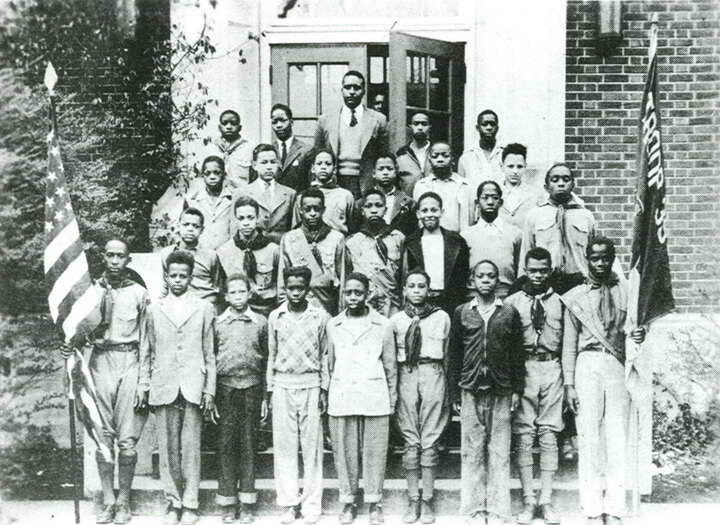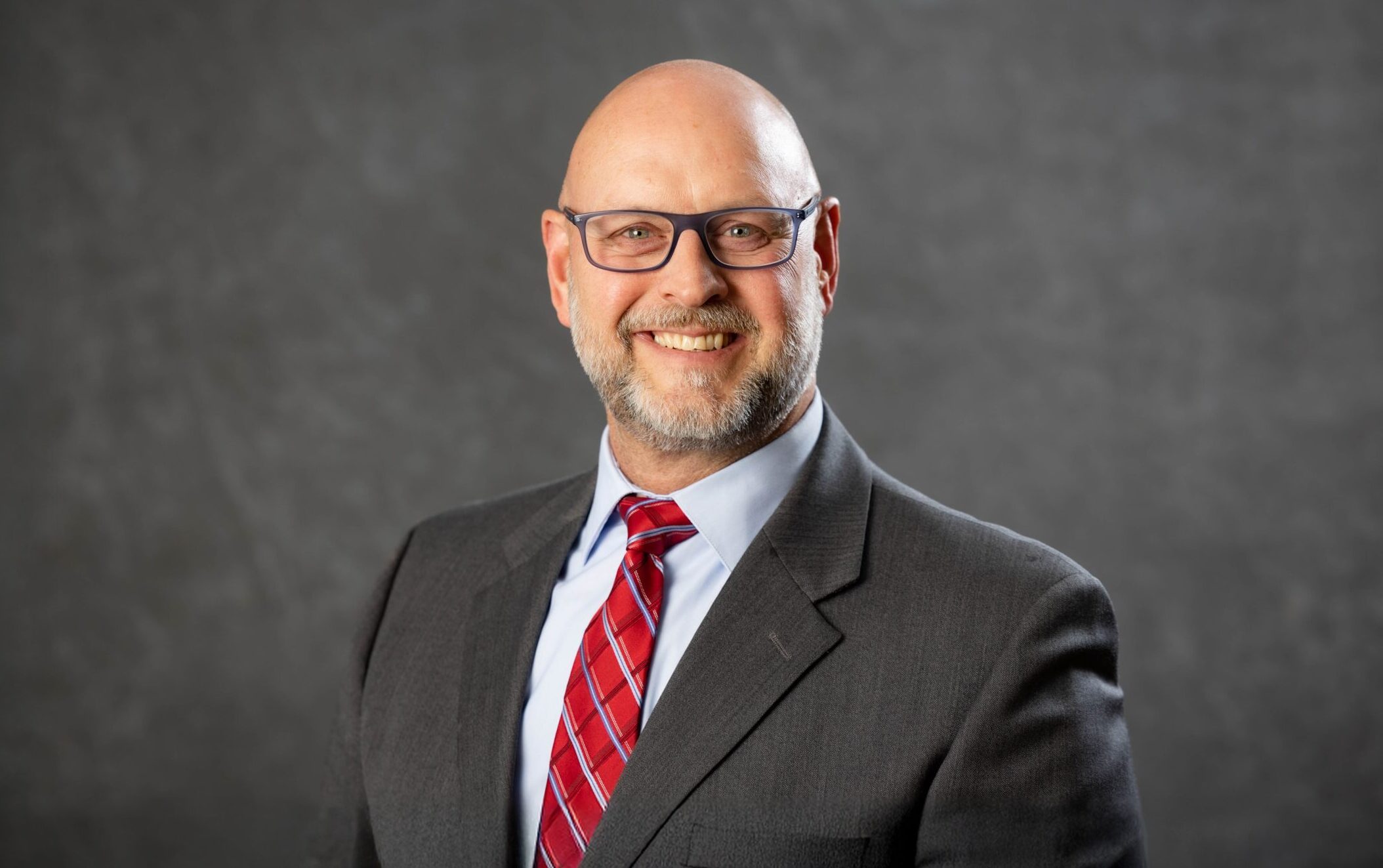Juliette Lowe, the daughter of a Confederate soldier, founded Girl Scouts in 1912. Whether Black girls were allowed to be Girl Scouts was left up to the individual states and local councils rather than making it uniformly accepting for girls of all races. The first Black members were in 1913 in Massachusetts. The first Black troop was in 1917, but there wasn’t a Black troop in the South until 1932. Girl Scouts was desegregated during the 1950s, and Dr. Martin Luther King called them, “a force for desegregation.”
Zelma Graham started the first Black Girl Scout troop in Springfield circa 1937 as she wanted her daughter, Elaine, to have the opportunity. The troop met at New Lincoln School. Elaine recalls a day camp just for the troop at either Silver Springs Park or the Fairgrounds, and camping for a week in a tent at the Girl Scout Camp, Mintamah, in Joplin. She said that there were some integrated Girl Scout activities here in the late 1930s and early 1940s.
There was no Girl Scout Troop at Old Lincoln School, but there was Girl Reserves in conjunction with Pitts Chapel. Girl Reserves was the YWCA’s, Young Women’s Christian Association, answer to Girl Scouts. Girl Reserves started in 1918 as a response to WWI to “help girls develop a well-balanced personality, grow physically and take on social responsibility.” From the very beginning, there were troops for Black and other minority groups, and diversity was embraced. There was also a Girl Reserves troop at New Lincoln School.
Boy Scouts of America was founded in 1910 based on the British model founded by Lord Baden Powell. Documentation as to exactly when the first Black troop was founded is contradictory, but Powell mentioned a Black troop in his reminiscences of his 1912 U. S. tour. There were some issues of violence, Ku Klux Klan activity, and areas that did not want Black troops. However, by 1936 there was only one council nationwide that refused to charter a Black troop. Boy Scouts became fully integrated in 1974.
The first Black Boy Scout Troop in Springfield, Troop 35, was chartered by Old Lincoln School in 1925. Boy Scouts continued at New Lincoln School, which opened in 1931. After the schools were desegregated, the troop charter moved to the Cosmopolitan Club. Gibson Chapel had also been a charter site. Some of the scoutmasters throughout the years were J.A. Thompson, Ralph Penn, Gerald Brooks, Vincent Foster, Ralph Bartley and John Hughes. It is believed that the first Black Eagle Scout in Springfield was Thomas Tindall. He would have achieved the rank in approximately the late 1930s.
The History Museum on the Square provides a wide variety of programming for Girl Scouts and BSA, including year-round badge programs for troops. On Saturday January 18, 2025, it will present its first annual Merit Badge University. BSA members can earn up to three merit badges. Badge options include Eagle Scout-required Citizenship in the World, Citizenship in the Community, Citizenship in the Nation, and Environmental Science, as well as seven other history/science focused merit badges. The second annual Girl Scout Day at the History Museum is planned for the spring and will feature a variety of badge offerings.
Questions regarding History Museum Scouting programs can be directed to Jill Hodge, HMS Civics Education Coordinator, at jill@historymuseumonthesquare.org or 417-831-1976.
by Joan Hampton-Porter, Curator, The History Museum on the Square





